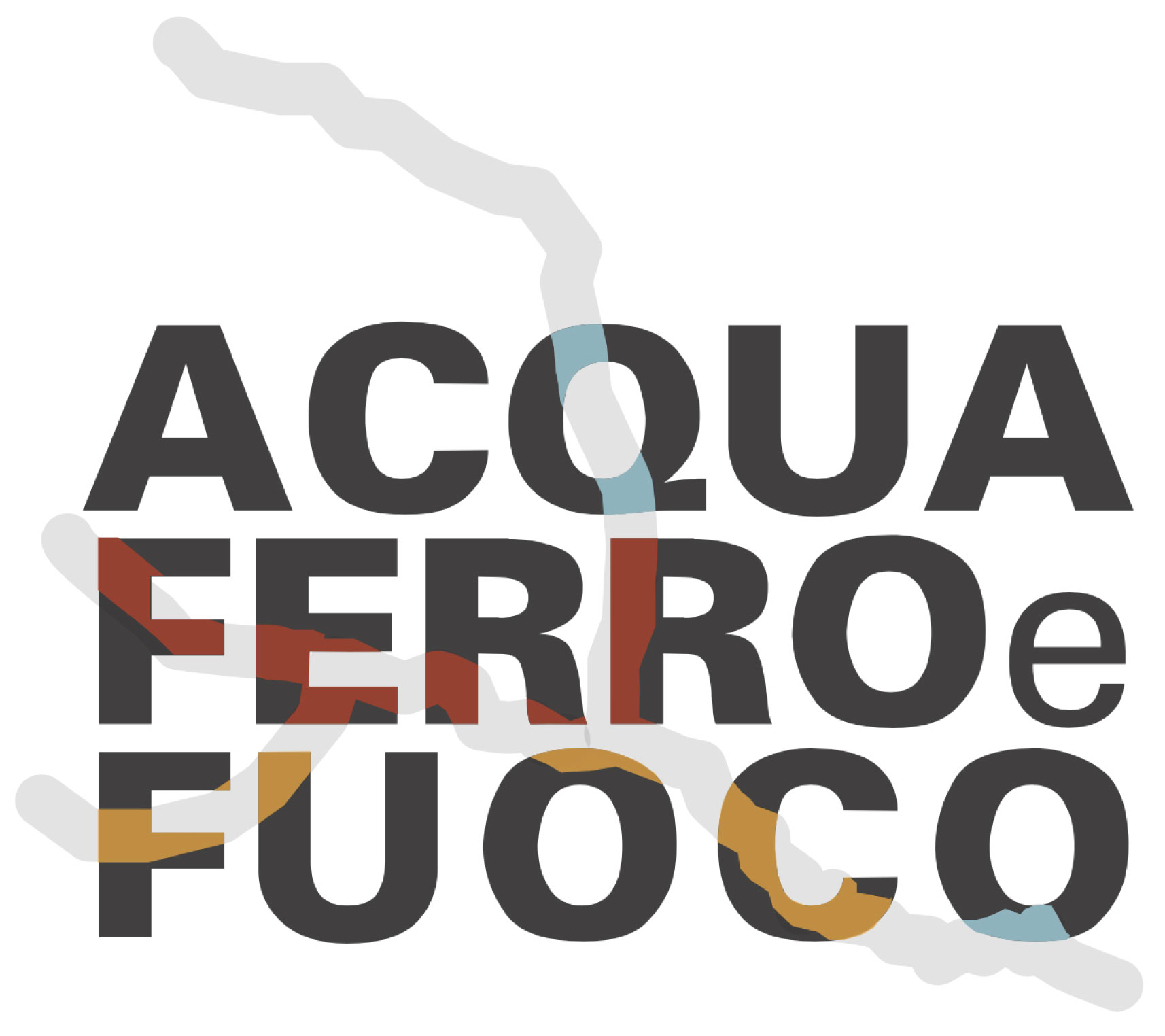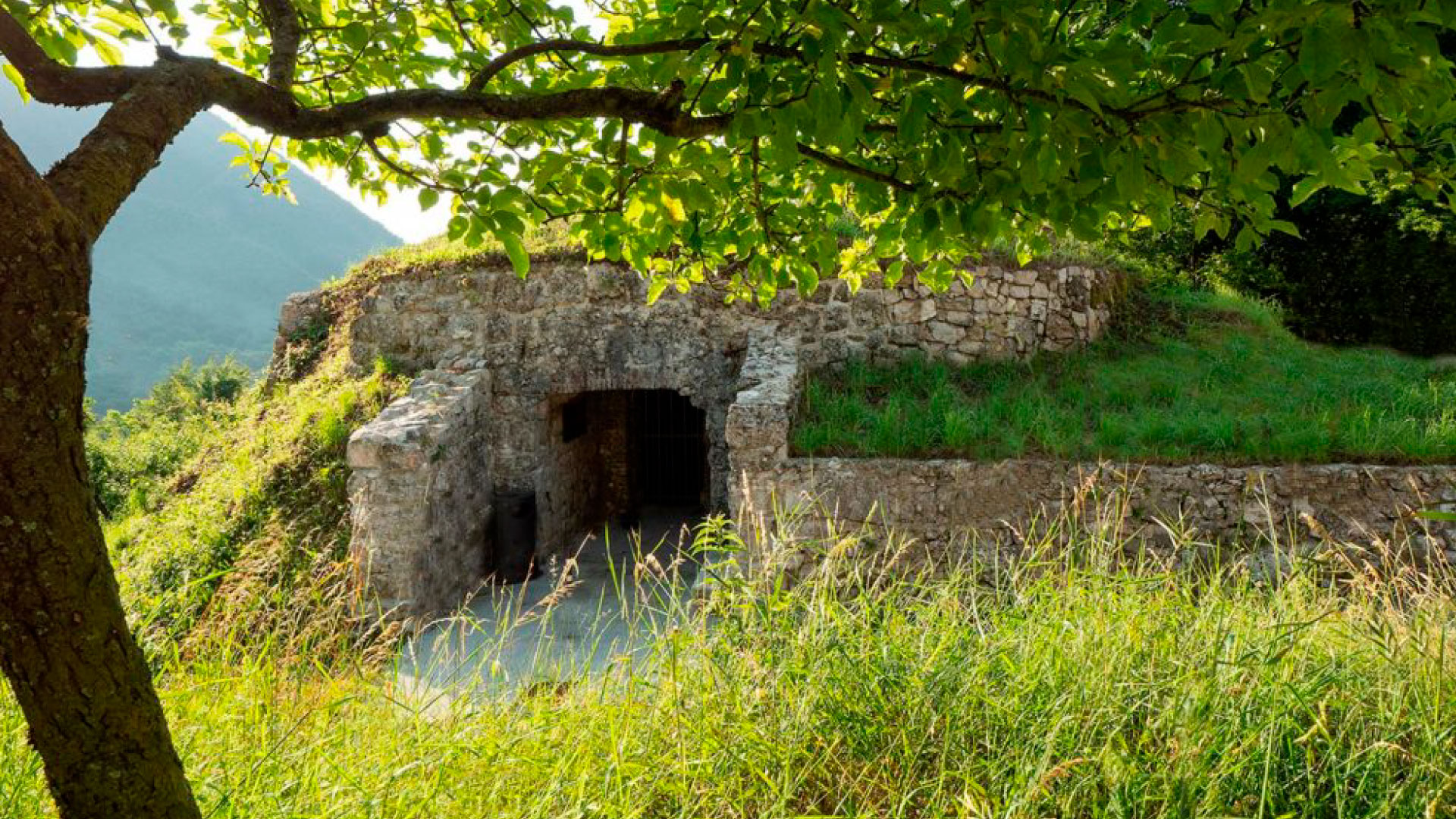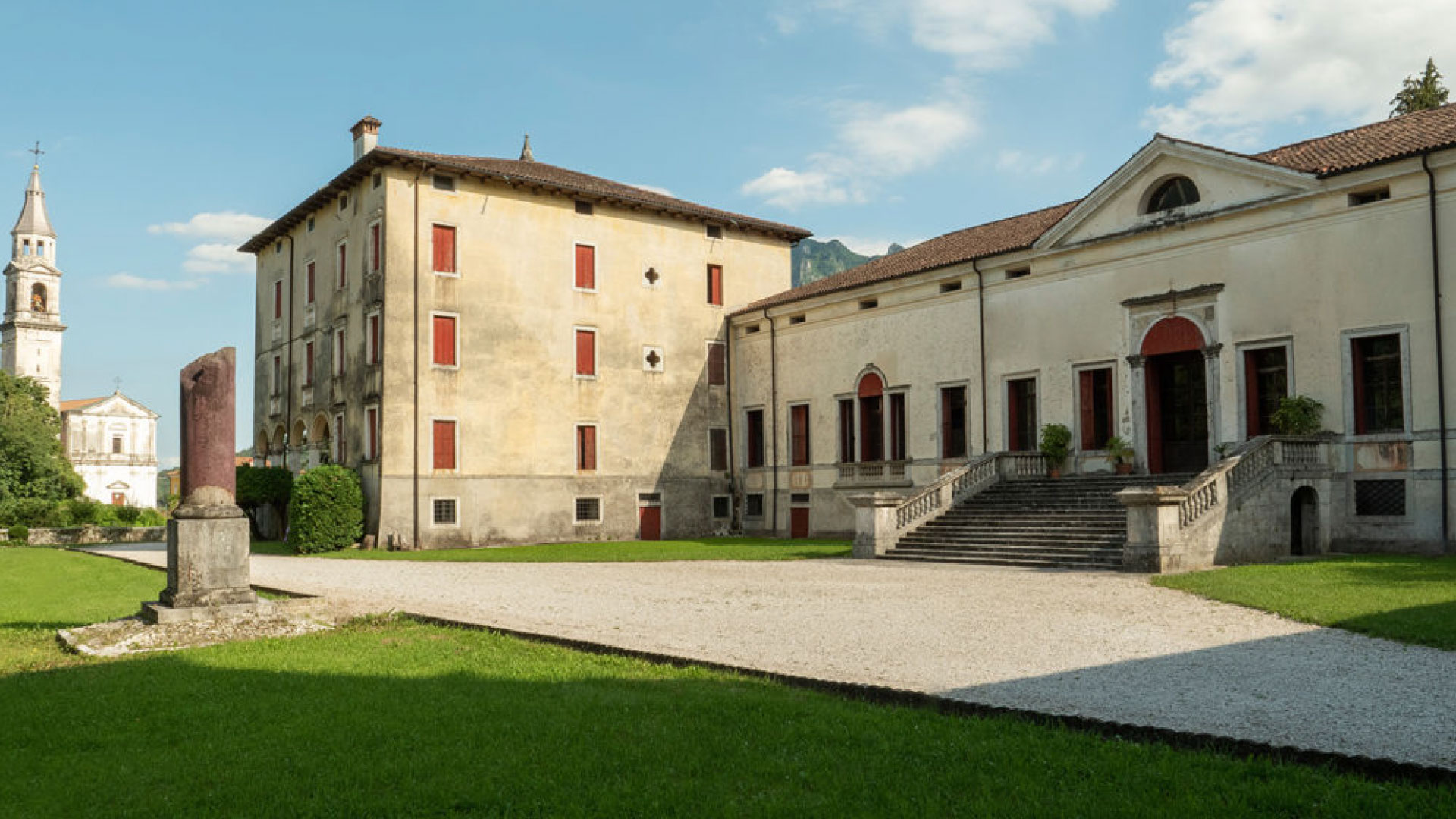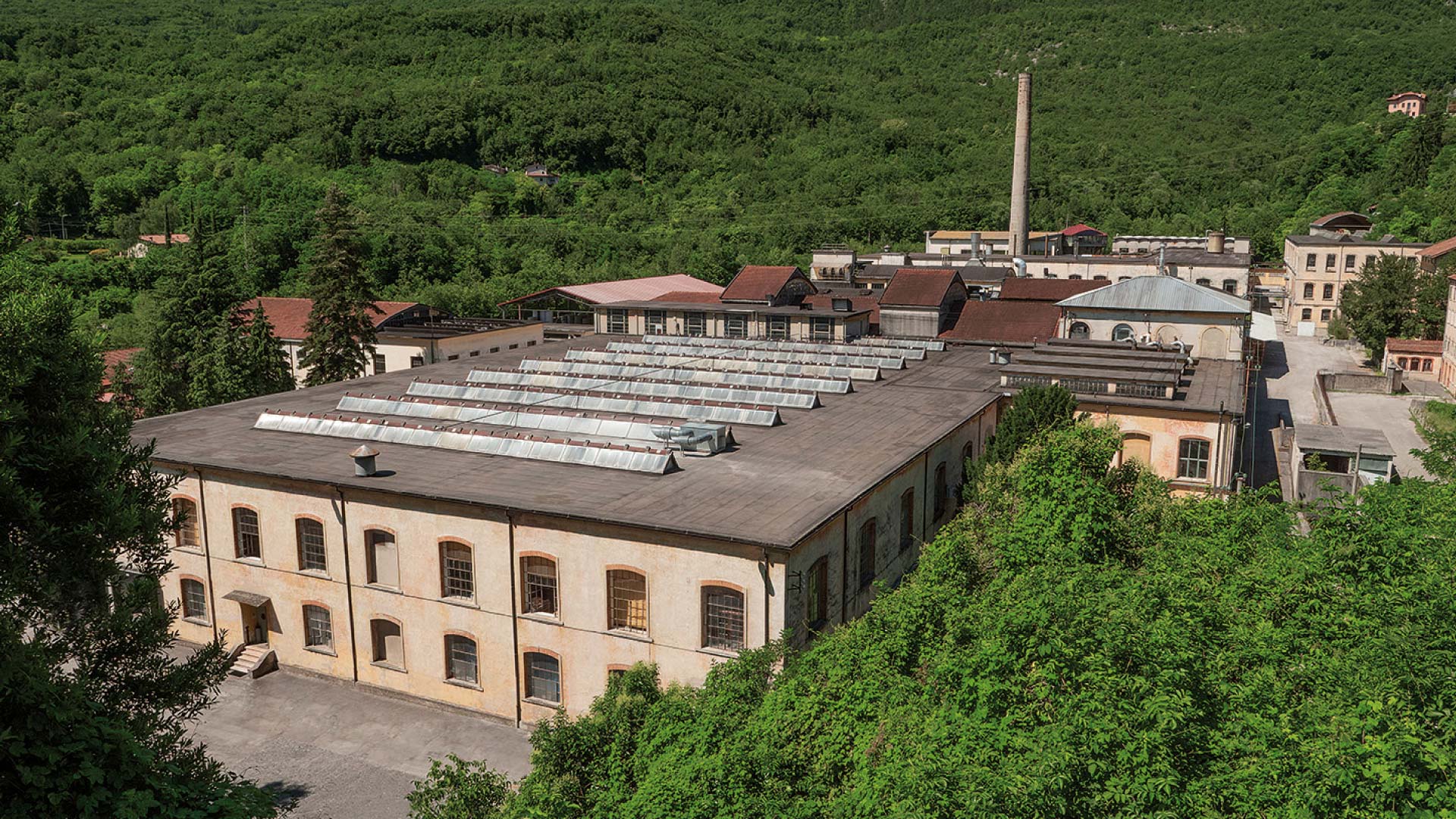The Via Perale papermill produced half-rag pulp, mechanical wood pulp and paper (e.g. for printing, publishing, letters, stationery, drawing and wrapping), pelure paper (e.g. for cigarettes, citrus-fruit wrapping and tracing paper) and paperboard (e.g. for textile machines and printing templates), which could be a plant-based white-and-grey, or coloured. The process included four steam boilers which were used to clean the rags and dry the paper. In 1893, Francesco Rossi bought a well-established papermill in Pria di Cogollo, which started to produce mechanical wood pulp and plant-based paperboard; at the same time, he had a hydroelectric power plant built in Arsiero for the Via Perale papermill.
An ever-increasing need for water resources drove Rossi to buy up some of the valley’s numerous hammer mills and watermills. In 1895, he acquired the Barbieri copper mills and the mills belonging to Giovanni and Antonio Dalla Via in Pria, Arsiero. The progressively worsening crisis of handmade-paper mills culminated in the 1910 sale of a small factory belonging to Cesare Nado in Barco, which was converted into a second hydroelectric power plant. The water was drawn from the River Posina and channelled to the plant; it flowed along a canal which still today runs through both open and closed trenches, after which it headed along another canal on brick pillars, then across a 114 m canal bridge, and finally through short stretches of tunnel until it reached a basin. From here, a steel pipeline on brick pillars fed the water into a Francis turbine, exploiting a 22.4 m water head. Rossi’s papermills were later powered by a third hydroelectric plant in Schiri di Cogollo.
The community-factory
In its heyday, the papermill employed 900 workers and 50 clerks to run a structured national and international sales network that dealt with the needs of over 700 clients. It was also a role model for the treatment of its workers, who had Sundays and public holidays off, some of the highest wages in the industry, as well as a 10-hour day shift and an 8-hour shift for continuous-cycle work. Francesco Rossi understood that the entire community felt a connection with the mill, which had become its only secure source of work, one which had averted the scourge of emigration that plagued valley families. Workers’ lodgings, a kindergarten, a convenience store, and mutual-aid societies sprang up in the vicinity, as did a series of services that aimed to make life easier for workers, including banks and special funds, night schools, incentive schemes, an infirmary, employee clubs and mobile libraries. Rossi’s commitment to the Arsiero community also saw him contribute to major public works, which were vital for local social and civil growth, including a retirement home, later named after Rossi’s son, Alessandro. The factory-community system and the Rossi family’s love for Arsiero and its papermill showed its true strength after two tragic events: the papermill was destroyed on 16 May 1916 during WWI; and flooded when the Posina burst its banks in 1966. Francesco masterminded the post-war reconstruction of the papermill, deciding not to relocate as it had recently become financially stable again thanks to the work of his brother Girolamo. He took this decision despite the financial sacrifices needed to maintain the mill in an area which was, by that time, far from the main communication routes, making it difficult to receive raw materials and to transport finished goods.
When the River Posina flooded in 1966, devastating the papermill, Franco Rossi and his 300 workers took a mere 100 days to reopen, just as his father had 50 years before.
Francesco Rossi
Francesco Rossi’s interests also strayed outside the confines of industry, as he invested in areas with the potential for promoting the history, culture and tourism of Vicenza and its surrounding area. He published a number of books, including an 1877 collection entitled “Public and Private Municipal Acts in 16th Century Schio and its Surroundings”, and “Schio and the Alps. A Guide to the Valleys of Leogra, Timonchio, Astico and Posina” in 1878. This was the valley’s first tourist guide, replacing the outdated hygiene instructions for Alpine walkers, a rudimentary set of instructions for mountain guides, but the only one of its kind at the time. Schio’s Italian Alpine Club (CAI di Schio) was started by Francesco Rossi in 1872 when he became Schio’s first member. The first Vicenza section of the CAI did not open until 1875. Many of Vicenza’s entrepreneur mountaineers were involved in more than just excursions and climbing, as they set up a host of initiatives to integrate the ecosystems of the local valleys, exploiting their resources in a balanced manner and thus gradually encouraging the growth of their artisan, agriculture and tourism industries.
Sources:
Mercanti, pionieri, capitani d’industria, Giovanni Luigi Fontana, Neri Pozza Editore, 1993;
I cento anni della Cartiera Rossi, edited by prof. Remo Schiavo, Stampa G. Rumor, 1978













